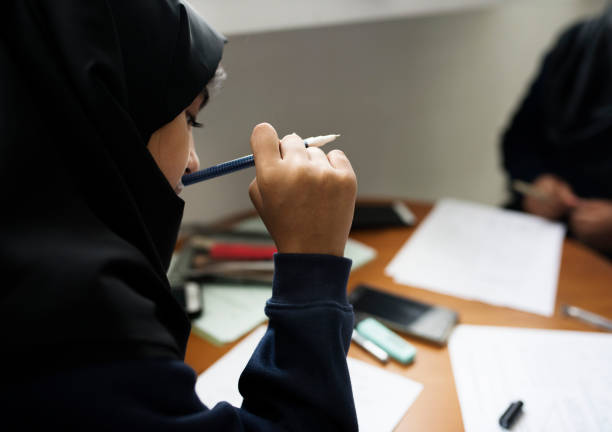The Debate Over Hijab in Sports: Balancing Cultural Expression and Athletic Performance
The inclusion and representation of diverse cultures and religions in sports have become significant topics of discussion in recent years. One particular area of debate is the participation of Muslim women who choose to wear the hijab while competing. In this article, we will explore the different perspectives surrounding the hijab in sports and examine the challenges and potential solutions associated with its integration.
The Importance of Cultural Expression in Sports
Embracing Diversity and Inclusivity
Sports have long been recognized as a platform that celebrates diversity and promotes inclusivity. Allowing athletes to express their cultural and religious identities enriches the sporting landscape, fostering an environment of acceptance and respect. The hijab, as a symbol of Muslim women’s faith and cultural heritage, represents an essential aspect of their identity that should be acknowledged and respected in the world of sports.
Empowering Muslim Women Athletes
For many Muslim women, participation in sports while wearing the hijab can be empowering. It allows them to combine their passion for athletics with their religious beliefs and cultural values. By accommodating the hijab in sports, organizations and governing bodies can encourage Muslim women to pursue their athletic dreams while maintaining their sense of identity and personal integrity.
Safety and Performance Considerations
Ensuring Athlete Safety
One of the primary concerns regarding hijab in sports is the issue of athlete safety. Critics argue that the hijab may pose risks such as restricted vision, potential entanglement, or overheating during intense physical activities. However, advancements in sports hijab design and technology have addressed these concerns, with lightweight and breathable materials that provide comfort and do not impede performance.
Fairness and Competitive Equality
Another aspect of the debate revolves around the concept of fairness and competitive equality. Some argue that the hijab could potentially provide an advantage or disadvantage to athletes depending on the sport. However, it is crucial to evaluate these claims on a case-by-case basis and consider the specific sport’s requirements and the individual athlete’s performance.
Promoting Inclusivity and Finding Solutions
Engaging in Dialogue and Collaboration
To address the debate over hijab in sports, open and respectful dialogue between stakeholders is essential. Engaging with Muslim athletes, sports organizations, religious scholars, and experts in sports technology can lead to innovative solutions that balance cultural expression, safety, and performance. Collaborative efforts can help develop guidelines and standards that accommodate hijab-wearing athletes across different sports disciplines.
Implementing Clear and Inclusive Policies
Sports governing bodies and organizations should develop clear and inclusive policies regarding hijab in sports. These policies should prioritize safety while recognizing and respecting the cultural and religious practices of athletes. By providing comprehensive guidelines that address specific safety concerns and promote inclusivity, sports authorities can create an environment where hijab-wearing athletes can compete without compromising their beliefs or performance.
Conclusion
The debate over hijab in sports requires a delicate balance between respecting cultural expression and ensuring athlete safety and fairness. By embracing diversity, engaging in constructive dialogue, and implementing inclusive policies, the sports community can foster an environment that allows Muslim women athletes to compete at the highest level while maintaining their cultural and religious identity. It is through these collective efforts that we can bridge the gap and create a more inclusive and equitable sporting landscape for all.




